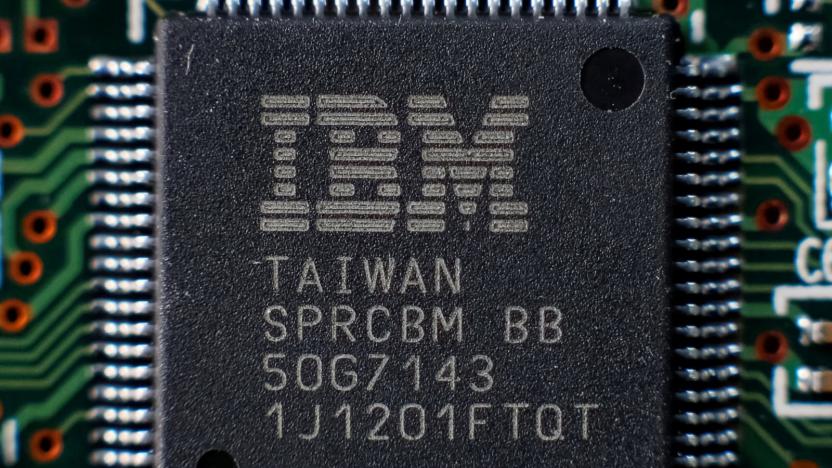ExtremeUltravioletLithography
Latest

Samsung has figured out EUV, the holy grail of chipmaking
Samsung has finally nailed a much-anticipated chip manufacturing technique that will help phones perform faster and keep their batteries juiced for longer. The company is now building 7-nanometer chips using extreme ultraviolet (EUV) technology -- a process which has been in the pipeline for years but has faced all kinds of challenges in real-world roll-out.

IBM squeezes 30 billion transistors into a fingernail-sized chip
Who said Moore's Law was dead? Certainly not IBM or its chip partners Globalfoundries and Samsung. The trio has developed a transistor manufacturing process that should pave the way for 5-nanometer chips. While the team etched the chip using the same extreme ultraviolet lithography (EUV) used for the breakthrough 7nm chip, it ditched the common FinFET (fin field effect) transistor design in favor of stacks of silicon nanosheets. The switch makes it possible to fine-tune individual circuits to maximize their performance as they're crammed into an incredibly small space. How small? At 5nm, the group says it can squeeze 30 billion transistors into a chip the size of a fingernail (see below) -- not bad when the 7nm chip held 20 billion transistors a couple of years ago.

TSMC narrows production of 16nm FinFET chips to late 2013, wants 10nm in 2015
For as often as TSMC has extolled the virtues of FinFET chip designs, we've been wondering exactly when we'd find them sitting in our devices. Thanks to competition from rival semiconductor firms, we'll get them relatively soon: the company now expects to produce its first wave of FinFET-based, 16-nanometer chips toward the end of 2013. While they won't be as nice as 14nm-XM chips in the pipeline, the 16nm parts should still offer battery life and speed improvements over the 28nm chips we know today. These improvements also won't be the end of the road -- TSMC anticipates 10nm designs built on extreme ultraviolet lithography late into 2015, and CEO Morris Chang believes there's seven or more years of advancements in manufacturing before Moore's Law starts breaking down. We'll just be happy if we see FinFET reach our phones and tablets in the near term.

Acronym-loving Samsung joins Intel and TSMC, buys stake in ASML
Samsung's round of cash-flashing continues with a $629 million purchase of a three-percent stake in ASML. It's joining Intel and TSMC in pumping money into the Dutch business, developing tooling for chip-making machines with Extra Ultraviolet Lithography (EUV) designed to "extend Moore's Law." It'll also help reduce the cost of future silicon, since it'll enable the companies to use wider silicon wafers along the manufacturing line. Given that Samsung's investment caps of a project to raise nearly $5 billion in cash and that ASML's home is just five miles west of PSV Eindhoven's stadium, we just hope they threw in a few home tickets for their trouble.


